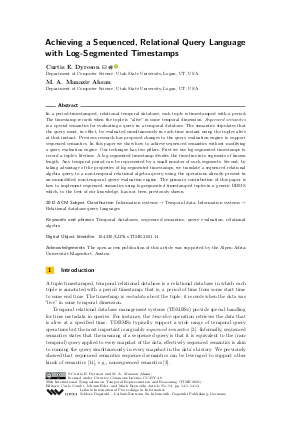LIPIcs.TIME.2021.14.pdf
- Filesize: 0.72 MB
- 13 pages

 Creative Commons Attribution 4.0 International license
Creative Commons Attribution 4.0 International license






Feedback for Dagstuhl Publishing